Agriculture is often referred to as the "fundamental pillar" of China's economy, and protecting farmland has thus been a priority for the Chinese government. A recent policy statement, "79456 Haoliang Forum's Latest Edition," has brought this issue into sharp focus. It addresses the critical concepts of "red line of arable land" and "land circulation," pivotal to the discussion on sustainable agricultural development in China. This article will delve into the nuances of these two concepts and their implications on farming practices and policies in China.
The Red Line of Arable Land
中国耕地红线政策(The Red Line of Arable Land Policy) is a strategic decision aimed at preserving a minimum amount of arable land to ensure national food security. This policy mandates that there must be no net loss of arable land, a measure designed to maintain China's ability to produce sufficient food for its growing population.
Unpacking the Red Line Policy
Economic Vitality and Resource Sustainability
The policy reinforces the balance between economic growth and the sustainability of natural resources. With urbanization rapidly expanding across China, maintaining a 'red line' for arable land is crucial to prevent excessive land-use for construction at the expense of productive agricultural land.
Challenges and Enforcement
Adherence to the Policy
While the concept of the red line is straightforward, its enforcement presents unique challenges. Monitoring and ensuring adherence to these regulations require robust land management systems and legal frameworks. The government is tasked with policing the use of land to ensure that developers do not encroach on designated agricultural zones without proper compensation or conservation plans.
Another implication of this policy is that it underscores the importance of sustainable farming practices. Farmers are encouraged to enhance the productivity and efficiency of their land without compromising the long-term viability of the soil. This is crucial in the face of China's changing demographics and the increasing demand for food.
The Debate on Land Circulation
Market-Driven Land Allocation
土地流转(Land Circulation), on the other hand, refers to the transfer of land use rights among various economic entities, aligning with China's shift towards market-oriented reforms. This policy allows for the leasing and transfer of land rights, encouraging investment and innovation in agriculture and potentially promoting more efficient land use.
Implications for Farmers and Corporates
Agrarian Reform and Capital Inflow
While land circulation fosters economic growth and attracts capital into rural areas, it also incites debate about the potential side effects. Critics argue that this could lead to the marginalization of small-scale farmers who may not be able to compete with larger, more capitalized entities in the new market-driven land rental system. The fear is that the traditional agrarian society could be upended, with large corporations potentially taking over land resources.
Balancing Interests
Striking a Delicate Equilibrium
Policymakers must navigate a delicate balance between leveraging market forces to improve agricultural productivity and preserving the social fabric of rural communities. The challenge lies in creating policies that encourage growth without causing displacement or socioeconomic disruption.
Government's Role in Land Circulation
Regulation and Monitoring
The Chinese government's regulatory role in land circulation is vital. By providing oversight and setting the terms for land use rights transfer, the government can safeguard against monopolistic practices and ensure fairness in the market. This regulation should aim to protect the interests of small farmers while enabling larger, more technologically advanced operations to contribute to the broader agricultural output.
Connecting 'Red Line' and 'Land Circulation'
Policy Synergy for Sustainable Development
The 'red line' policy and land circulation are not mutually exclusive but are, in fact, interconnected. The preservation of arable land, as stipulated by the red line policy, encourages intensive cultivation practices, which can align with modern and efficient methods supported by land circulation. Where the two policies meet is in their shared objective of nurturing a robust agricultural sector that is both productive and sustainable for the long term.
There's a need for more comprehensive policy research and effective implementation processes. Indigenous farmer rights and local economic development should be safeguarded while fostering agricultural investment and innovation. The interplay between the 'red line' for arable land and land circulation policies can serve as a blueprint for sustainable agricultural practices that support China's agricultural upgrading and rural development.
Addressing Policy Gaps
Improvements and Solutions
Currently, there are gaps in existing policies that need addressing. The transparency and equity of the land transfer process must be enhanced. Land circulation should not only focus on economic gains but also on social and environmental impacts. There is a need for policies that address fair compensation, the right to prioritize agriculture, and the protection of rural communities' traditions and ways of life.
Projections and Future Policies
Adapting to Demographic and Technological Changes
As China's demographic structure changes and technology evolves, future policies will need to adapt. With an aging rural population and advancements in agricultural technology, forthcoming policies should consider the need for mechanization and automation that will shift labor dynamics and land use patterns.
Integrating technological solutions with land policy is also a pathway toward maximizing the productive capacity of the land within the red line boundaries. Policies may promote precision farming, smart agriculture, and other innovations that can be integrated with land circulation for intensified and sustainable use.
Conclusion
中国耕地红线和土地流转(The Red Line of Arable Land and Land Circulation) policies are at the forefront of agricultural debate in China as the government seeks to reconcile economic development with the preservation of arable land. The outcomes of these discussions will shape the trajectory of China's agriculture and have broad implications for its citizens, economy, and the global food supply chain. With strategic policy execution and a focus on sustainability, China has the potential to lead in modern agricultural practices, setting an example for other nations grappling with similar issues.
政策表明:79456濠江论坛最新版详述——耕地红线 vs 土地流转免费资料公开
| 免费资料期数 | 2025077期 |
| 资料内容 | 十三学得琵琶成,名属教坊第一部。 |
| 资料大全来源 | 管家一肖一码100中奖 |
| 2025全年免费资料精准度 | 59% |
| 人气 | 262人 |
政策表明:79456濠江论坛最新版详述——耕地红线 vs 土地流转精准资料公开
| 精准资料期数 | 2025077期 |
| 资料内容 | 鼠抛贫屋收田去,蚁乱荒阶折树行。 |
| 资料大全来源 | 2025年新澳正版免费料 |
| 2025全年正版资料精准度 | 81% |
| 人气 | 9536人 |
精准三期必开一期开奖结果
| 预测期数 | 开奖结果验证 |
| 2025077期 | 17-28-41-33-34-36 特:42 |
| 2025078期 | 05-21-48-08-46-25 特:39 |
| 2025079期 | 44-23-38-17-22-43 特:14 |
往期资料客户精准解析
| 期数 | 解析 |
| 2025073期 | 龙、鼠、猪、蛇,余威慑草骨已朽——玄机(虎):霸权衰亡后仍用虎皮撑门面 |
| 2025074期 | 马、羊、鼠、猴,药杵声寂广寒墟——隐喻(兔):乌托邦在重复劳动中废墟化 |
| 2025075期 | 鸡、龙、牛、羊,“八面玲珑”是8。 |
| 2025076期 | 马、狗、鸡、牛,“蛇舞红尘”是蛇。 |
| 2025077期 | 蛇、牛、羊、鸡,“潮水轻轻涌”是鼠。 |
转载请注明来自海南云边科技有限公司,本文标题:《政策表明:79456濠江论坛最新版详述——耕地红线 vs 土地流转》



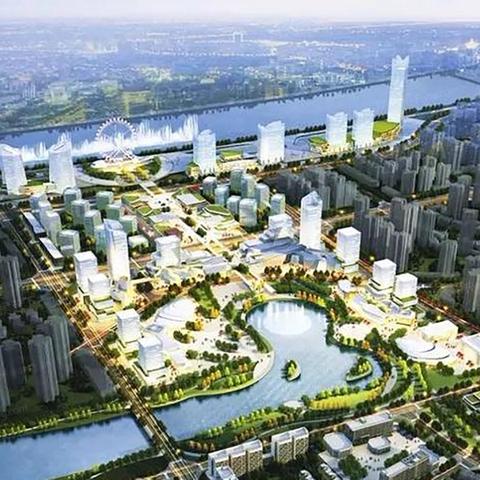

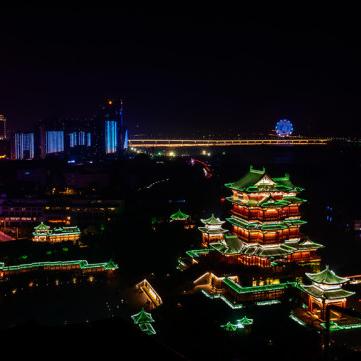
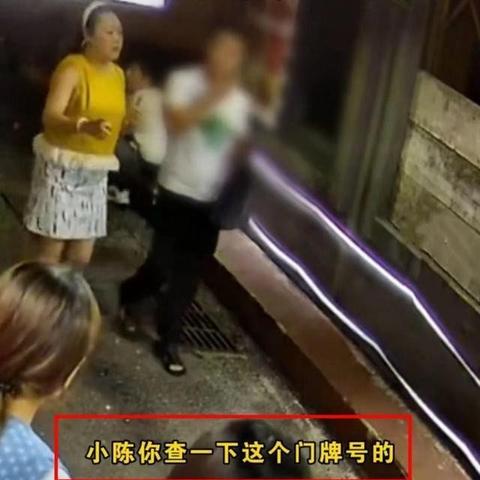


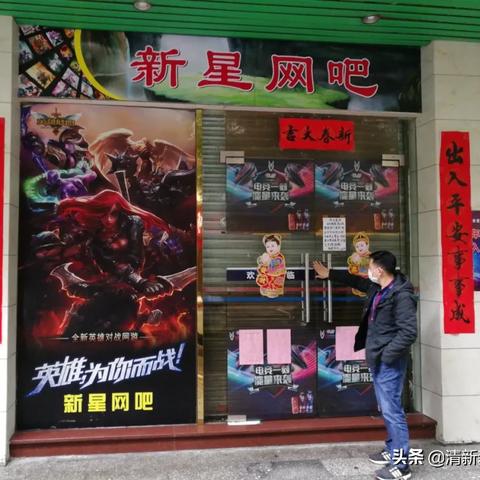

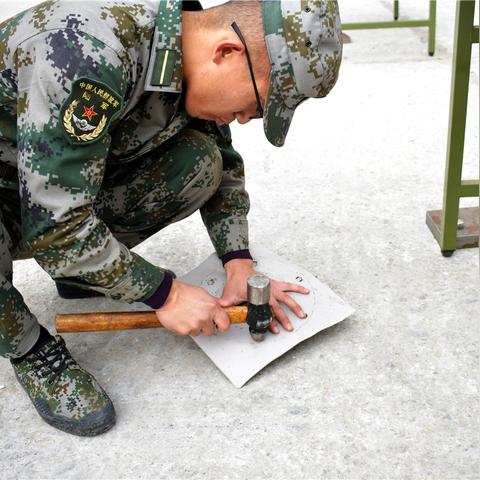
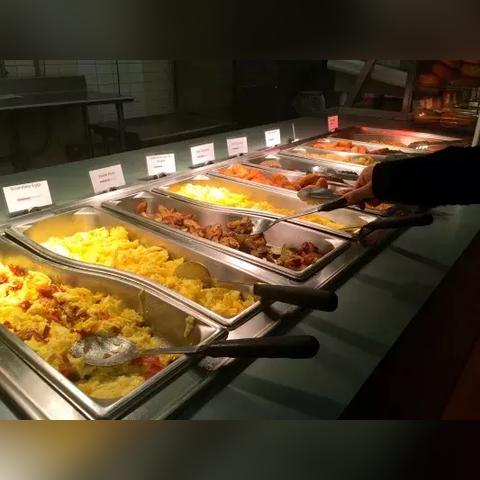
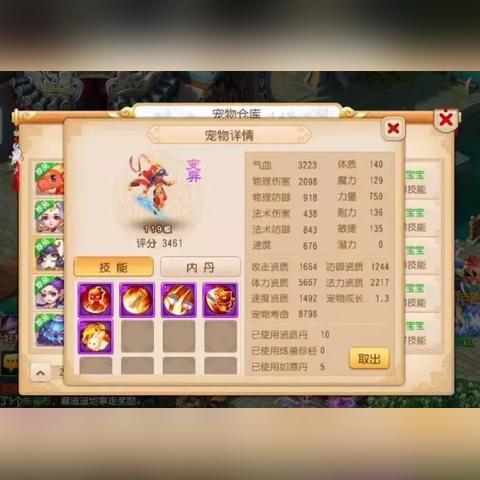
 琼ICP备2023003230号-1
琼ICP备2023003230号-1
还没有评论,来说两句吧...